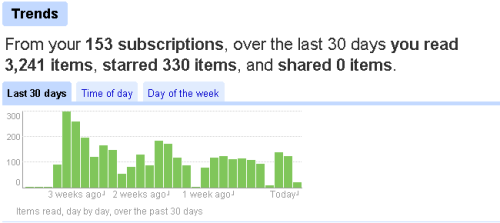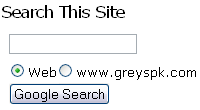I've switched my Personal Development Ideas blog from greyspk.com domain to a new one – personaldevelopment.ie. It was a planned event and I do know what to expect from such a move – for instance, my Google rankings will inevitably drop and will be regained in 3-6 months, after most of my newly located pages will be indexed and available by Google search.
But SEOmoz have just posted a great article on Expectations and Best Practices for Moving to or Launching a New Domain. What I really liked about this article is not only the realistic expectations set for both scenarios, but also truly the best practices for achieving your goals.
Here are just some of the really good advices given in the article:
- Submit and verify your sitemap to Googe's Webmaster Central.
- Get as many links to your new domain as possible
- Update all your own links to reflect the new domain and not the old, redirected one.
- Monitor your logs and contact major resources linking to you to update their links
An excellent article, Rand! Thanks a lot for sharing!


Recent Comments